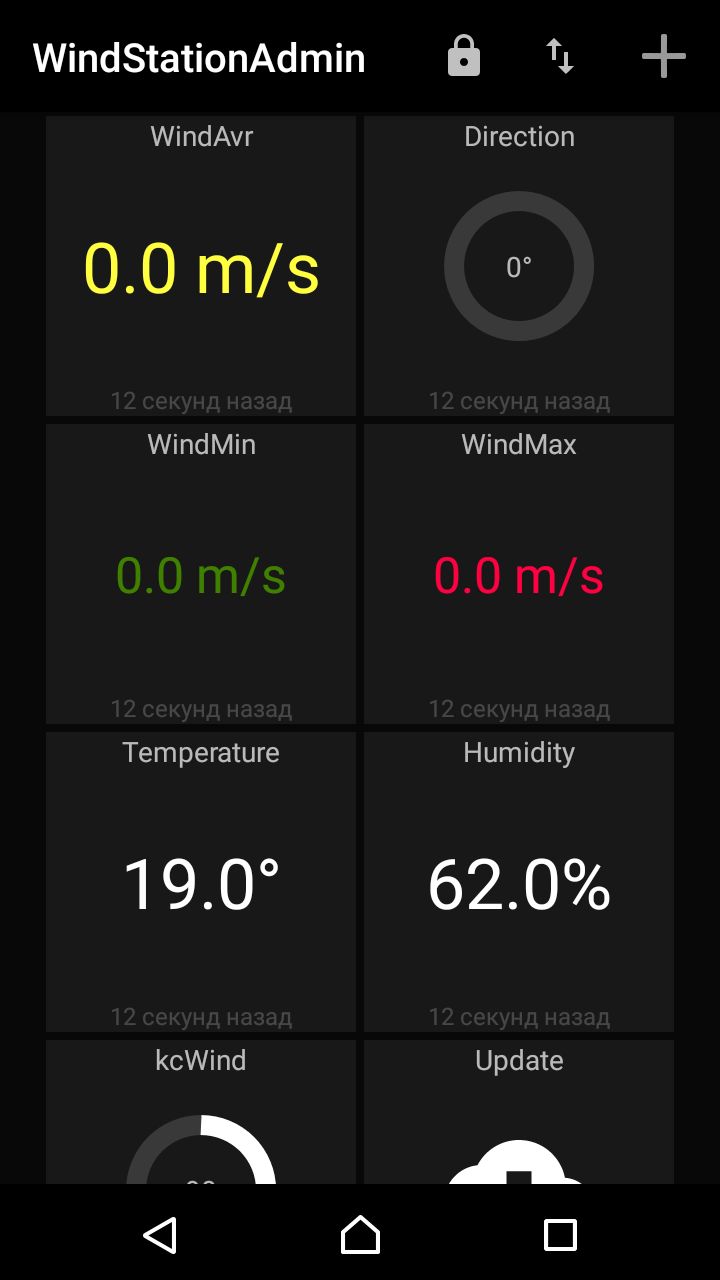Port for ESP32 here: https://github.com/zpukr/esp32-WindStation
v1.8
Added support for the openweathermap.org service to obtain approximate wind direction for budget stations not equipped with a physical wind direction sensor. All main parameters are moved to the configuration file instead of hardcoded (re-configuration of the device may be required!). Cleaned up the code
v1.5
Add support windy.com and windy.app
v1.4
Migrating ArduinoJson from version 5 to 6, minor changes
v1.3
Add customizable switch debounce, tnx for Duyvest and minor changes
v1.2 OTA
Significantly improved DeepSleepMODE, added different sleep times for day and night
Added a new NightSleepMODE when the device periodically enters the sleep state only at night.
Added ability to set vaneMaxADC and vaneOffset variables using MQTT
And most importantly - the possibility of updating the firmware through the HTTP
Simply and very low cost weather station on ESP8266 board for windguru.cz and narodmon.com for Arduino
An example of building a weather station on the ESP8266 Wemos D1 mini board (cost ~$4), Davis Anemometer ( ~$120) and DHT11 ( ~$1):

Another example of connecting a made in China (cost ~25$) Polycarbon Wind Speed Sensor (with NPN output). Pinout: Black -> Ground, Brown -> +5V, Yellow -> Signal:

Installation of the humidity/temperature sensor DHT-11 is option. You can set DHT-22 ( ~3$) or DHT-21 ( ~4$) instead it, which has a lot more accuracy and can show negative temperatures. Also, to minimize final costs, instead of the Davis Anemometer, you can even build an anemometer yourself from old computer fan, example on russian http://skootsone.yolasite.com/wind-pow-02.php
Flash a program to the ESP8266 with Arduino IDE. After first run ESP start as Access Point mode with SSID "WindStationAP" and default password "87654321", spins up a DNS and WebServer (default ip 192.168.4.1). Using any wifi enabled device with a browser (computer, phone, tablet) connect to the newly created Access Point. Set some parameters and click "Save":

After this ESP will try connect to internet. If successful, settings save to flash memory. If not, all settings are reset and WindStation start as Access Point again
Optionally, the station supports Deep Sleep mode for cases when only power is available from batteries or solar panels. In this mode, the consumption of approximately 6mAh (15 sec active/ 5min sleep) whereas in normal mode 80mAh
You can use MQTT control panel for real time viewing/adjust parameters and variables of weather station. Below ready-to-use template for the MQTT Dash application https://play.google.com/store/apps/details?id=net.routix.mqttdash&hl=uk
